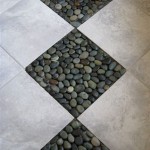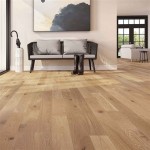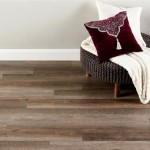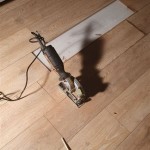Difference Between Hardwood and Engineered Flooring for Stairs
Choosing the right flooring for your stairs can significantly impact the aesthetic appeal and functionality of your home. Hardwood and engineered wood flooring are popular choices, each offering distinct advantages and disadvantages. Understanding the differences between these materials is crucial for making an informed decision that aligns with your specific needs and preferences.
Material Composition and Durability
Hardwood flooring is made from solid planks of wood sourced from different tree species, such as oak, maple, and cherry. The durability of hardwood flooring is largely dependent on the wood species chosen. Harder wood species, like oak, are more resistant to scratches and dents, making them ideal for high-traffic areas. Hardwood flooring can be refinished multiple times, extending its lifespan.
Engineered wood flooring, on the other hand, consists of a core layer of plywood or other engineered wood topped with a thin veneer of hardwood. The veneer provides the visual appeal of hardwood, while the underlying core adds stability and moisture resistance. Engineered wood flooring is less susceptible to warping and shrinking than solid hardwood, making it a better choice for areas with fluctuating humidity levels. It also tends to be more affordable as it requires less wood to produce.
Installation and Maintenance
Hardwood flooring for stairs typically requires professional installation, as it involves precise cutting and nailing or gluing the planks to the subfloor. This process can be more time-consuming and expensive than installing engineered wood flooring.
Engineered wood flooring is generally easier to install, as some types can be floated over a subfloor without nailing. However, the specific installation method depends on the type of engineered wood and the manufacturer's specifications.
Maintenance requirements vary between hardwood and engineered wood flooring. Both types need regular sweeping and mopping to keep them clean. However, hardwood flooring may require more frequent refinishing to maintain its appearance, especially in high-traffic areas. Engineered wood flooring, with its protective top layer, typically requires less frequent refinishing.
Aesthetic Considerations
Hardwood flooring offers a wide range of wood species, colors, and finishes, allowing for greater customization to match the overall style of your home. The natural grain patterns and variations in hardwood flooring add warmth and character to any space.
Engineered wood flooring also comes in various species, colors, and finishes. However, the variety in wood species and finishes is generally less extensive compared to solid hardwood. Engineered wood flooring can mimic the appearance of hardwood, but it may not have the same level of natural variation and authenticity.
Cost and Sustainability
Hardwood flooring is typically more expensive than engineered wood flooring due to the use of solid wood and higher labor costs for installation. However, the longevity and refinishing potential of hardwood flooring can offset the higher initial cost over time.
Engineered wood flooring is a more affordable option, and it can be a more sustainable choice as it utilizes less wood in its production. However, the environmental impact of engineered wood depends on the sourcing and manufacturing practices of the specific product.
Other Considerations
It's important to consider the following factors when choosing between hardwood and engineered wood flooring for stairs:
- Foot Traffic: Hardwood flooring is more durable and can withstand heavy foot traffic, while engineered wood flooring is a better choice for areas with moderate traffic.
- Climate: Hardwood flooring is susceptible to warping and shrinking in humid climates, while engineered wood flooring is more stable in varying conditions.
- Pets and Children: Hardwood flooring may show scratches or dents more easily from pets and children, while engineered wood flooring offers greater resistance to wear and tear.
- Noise Reduction: Both hardwood and engineered wood flooring can be noisy, but underlayment can be used to reduce noise levels. Engineered wood flooring often has a built-in underlayment layer.
Ultimately, the best choice between hardwood and engineered wood flooring for your stairs depends on your individual needs and preferences, as well as the specific characteristics of your home. Consider the durability, installation, maintenance, aesthetics, cost, and sustainability of each option to make an informed decision.

Cladding A Staircase With Engineered Wood Flooring And Beyond Blog

Hardwood Flooring On Stairs Elevate Your Home S Style Simple Company

Hardwood Flooring On Stairs Elevate Your Home S Style Simple Company

Hardwood Flooring On Stairs Elevate Your Home S Style Simple Company

Mikasa Wooden Staircase Solution Classic Contemporary Designs Blog By Floors

Matching Your Stairs To Custom Hardwood Floors Carlisle Wide Plank

How To Make Stair Treads With Prefinished Flooring And Floormade Nosing Rw Supply Design

Cost To Install Engineered Hardwood On Stairs A Comprehensive Guide Major Flooring

Hardwood Flooring On Stairs Elevate Your Home S Style Simple Company

What Are The Benefits Of A Hardwood Staircase Cameron Sandman Wood Flooring Contractor
See Also







